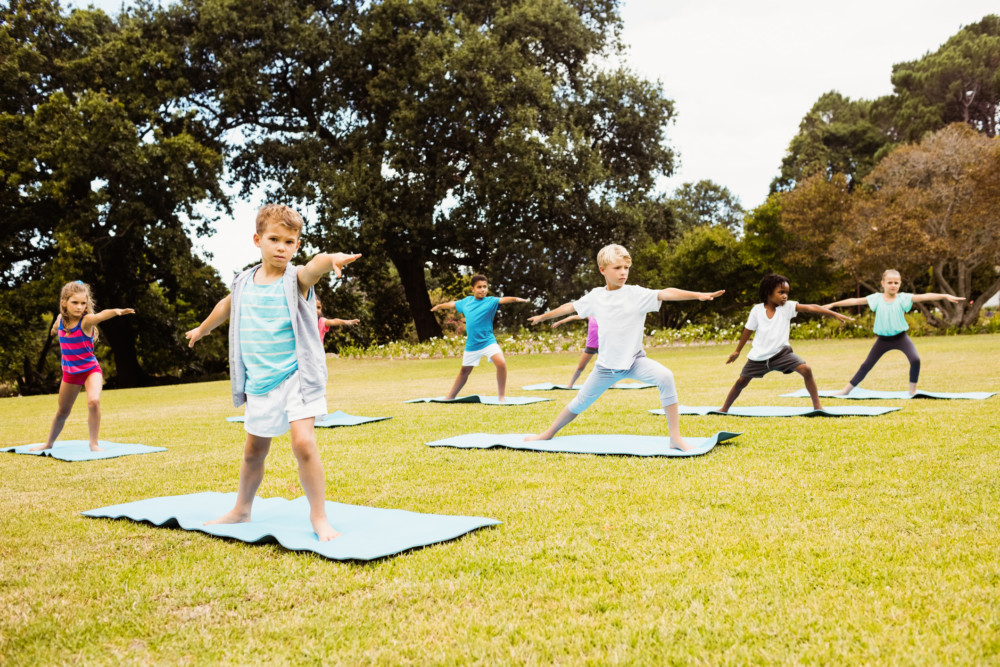By Marie McCullough
The Philadelphia Inquirer
WWR Article Summary (tl;dr) “The popularity of yoga is booming in the United States, among children.”
The Philadelphia Inquirer
More than 8 percent of youngsters ages 4 to 17, or 4.9 million, practiced yoga last year, up from about 3 percent in 2012, according to federal survey data published recently.
That’s a lot of child’s poses.
The report from the National Center for Health Statistics doesn’t distinguish between kids who tried yoga just once in the previous 12 months and those who turned into yogis. Nor does it explain why they’re practicing the ancient discipline of exercise, breathing, and meditation. But the upward trend fits with a complementary Center for Health Statistics report that found the percentage of adults who did yoga during the previous year jumped from 10 percent in 2012 to 14 percent in 2017.
“We didn’t ask why or how or where,” said coauthor Lindsey I. Black, an epidemiologist with the U.S. Centers for Disease Control and Prevention. “But we do have anecdotal evidence that children are exposed to yoga in schools, gyms, studios, and through apps and the internet.”
Virginia Caton, owner of Downward Dog Dance, Yoga & Wellness studio in Richmond, Va., can attest to that, having seen steady growth in the number of schools and preschools that hire her to offer classes.
“Principals are seeing that the after-school programs they had before aren’t working,” Caton said. “They’re looking for something that will calm the kids down. Of course, no child is going to do an hour-long vinyasa class; it’s not like an adult yoga class. We integrate movement, sound, and dance.”
Studio 34 on Baltimore Avenue in West Philadelphia does occasional introductory yoga classes for high school students. On Thursday, a group of 12th graders was signed up to learn how to use yoga to release stress before a test, said studio co-owner and instructor Adrienne Dolberry.
“We don’t have an established class, but we do special requests,” she said. “We set up the mats, blankets, and blocks, and walk them through a very beginner-friendly class.”
The federal health survey is conducted face-to-face in the homes of a representative sample of citizens. Parents or other guardians supply the information on children.
The 2012 questionnaire tried to delve into the costs and potential benefits of using a long list of complementary health approaches with children, not only yoga, but also qigong, tai chi, massage, acupuncture, biofeedback, Ayurveda, craniosacral therapy, Pilates, and more. Most of these were so unpopular that they were dropped from the 2015 questionnaire, Black said.
No surprise, the survey found yoga usage varies by sex: More than one in 10 girls practiced it, compared with one in 20 boys. Surprisingly, age didn’t make much difference: 8 percent of kids ages 12 to 17 did yoga, compared to 8.7 percent of those ages 4 to 11.
The survey also found about 3.4 percent of children saw a chiropractor last year, virtually unchanged over the last five years. The percentage who meditated grew, from about 3 percent to more than 8 percent, but mediation was defined so broadly that it could reflect kids saying the “om” mantra during yoga.














































































































































































































































































































































































